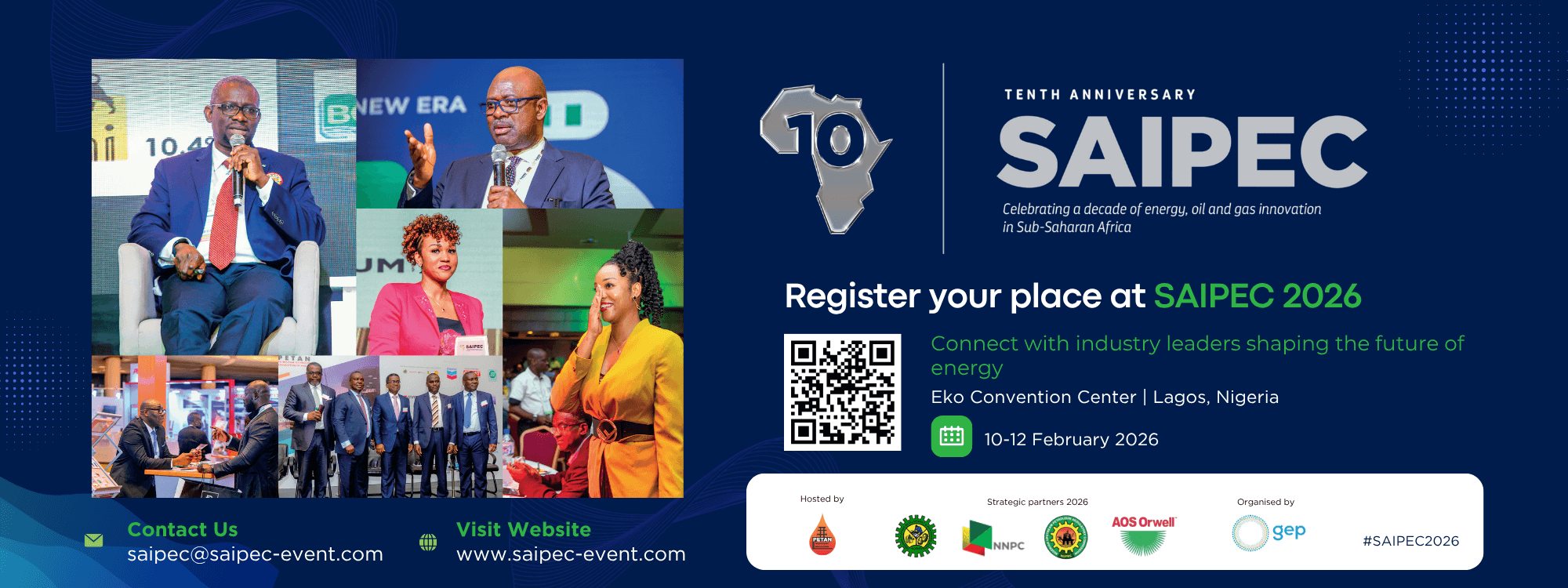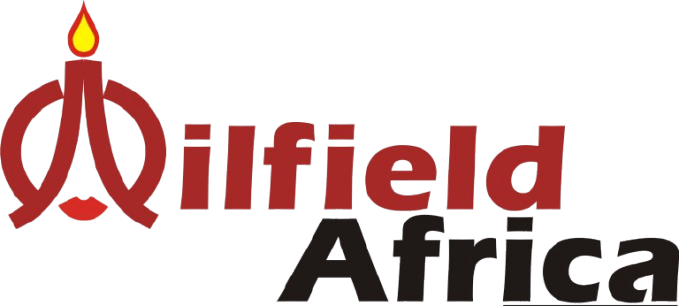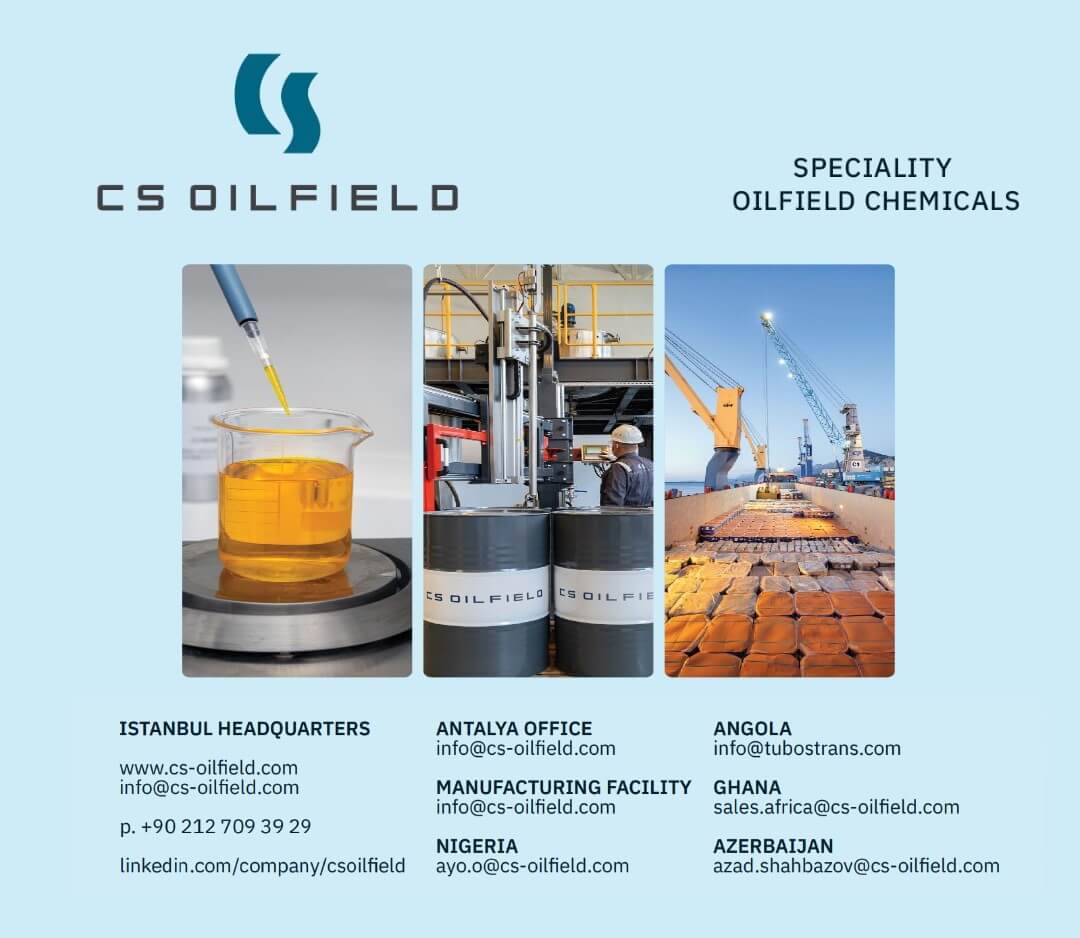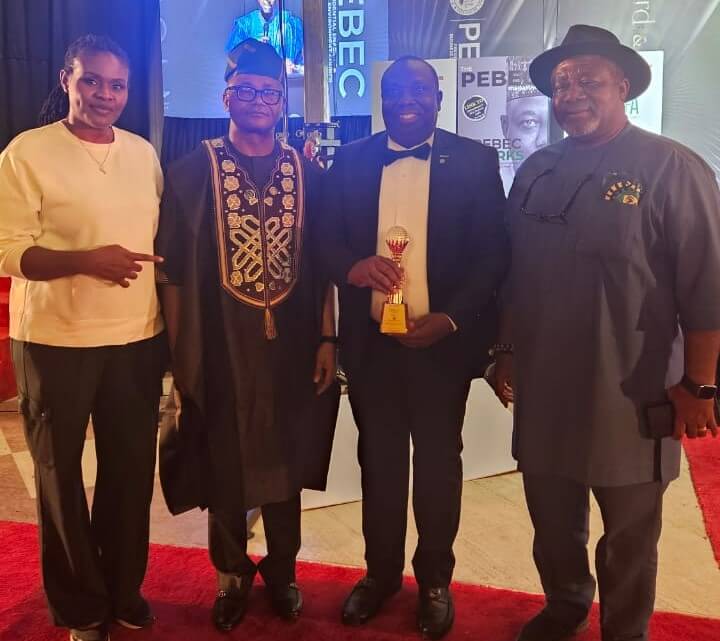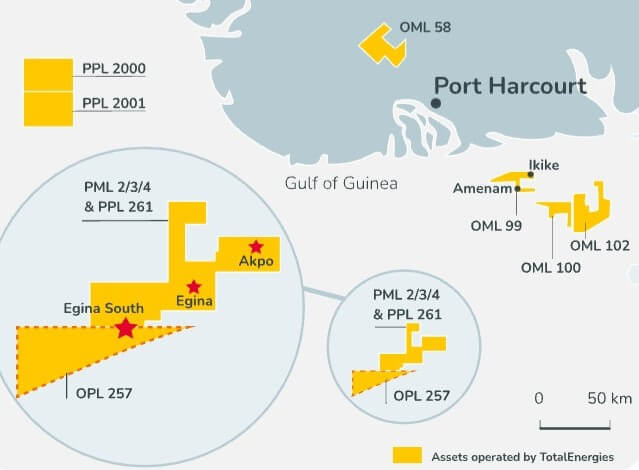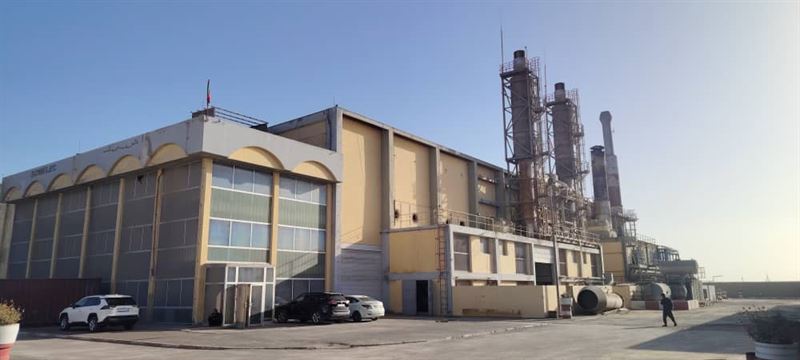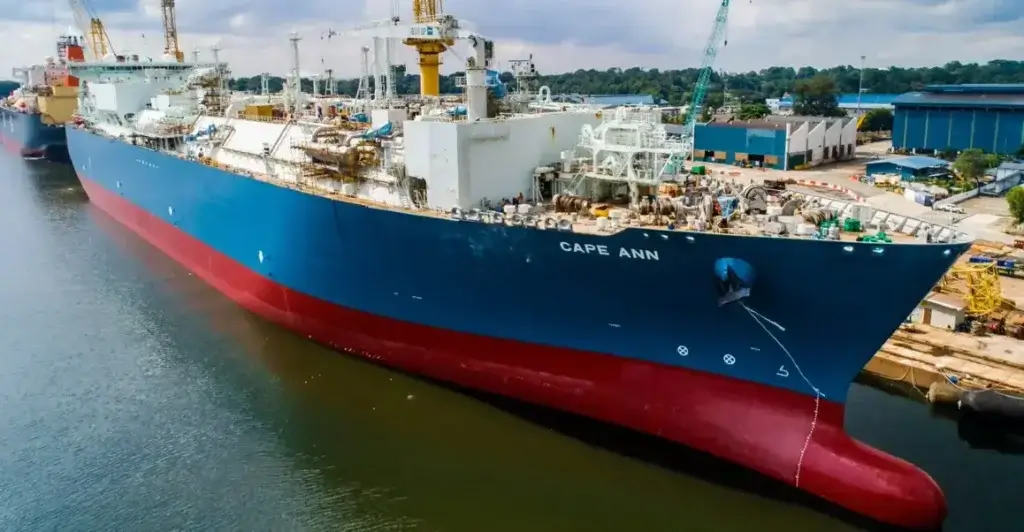
Shell plc has published its latest scenarios: the Energy Security Scenarios. The two new scenarios explore how the world could evolve following Russia’s invasion of Ukraine. Specifically, they look into the possible energy and climate outcomes that could result from a world that has security as its dominant concern.
Shell Scenarios are not predictions or expectations of what will happen, or what will probably happen. They are not expressions of Shell’s strategy, and they are not Shell’s business plan; they are one of the many inputs used by Shell to stretch thinking whilst making decisions.
The first scenario, called Archipelagos, follows how today’s pressures could play out to the end of the century. National interest remains key and renewables are mainly seen as a way to improve energy security. By 2100, net-zero emissions is within sight, but the world has failed to meet the goal of the Paris Agreement. This scenario is “exploratory”: it seeks to plot a course from where the world stood in 2022.

The second scenario, called Sky 2050, shows just how fast the world must move to meet the goal of the Paris Agreement. Global climate security becomes the primary concern. Nations race to switch to cleaner energy and a competitive landscape emerges for technology, minerals and manufacturing capacity. Competition drives rapid change and the world reaches net-zero emissions in 2050. This scenario is “normative” and extremely challenging: it set goals of net-zero emissions by 2050 and warming restricted to below 1.5°C by 2100, and then worked back to the realities of 2022 to explore how these end points could be reached.
Key points from the Energy Security Scenarios include:
Fossil fuels lose market share. The energy system is decarbonising, the questions is: how fast?
There is no realistic path to an instant and steep drop in emissions.
The average temperature rise is highly likely to breach 1.5°C.
The future of energy is electricity, although hydrogen and bioenergy have significant roles to play.
Bringing the temperature rise back down below 1.5°C will require large-scale carbon removal and storage.
Scenarios are informed by data, constructed using models and contain insights from leading experts in the relevant fields. Ultimately, for all readers, scenarios are intended as an aid to making better decisions. They stretch minds, broaden horizons and explore assumptions.
